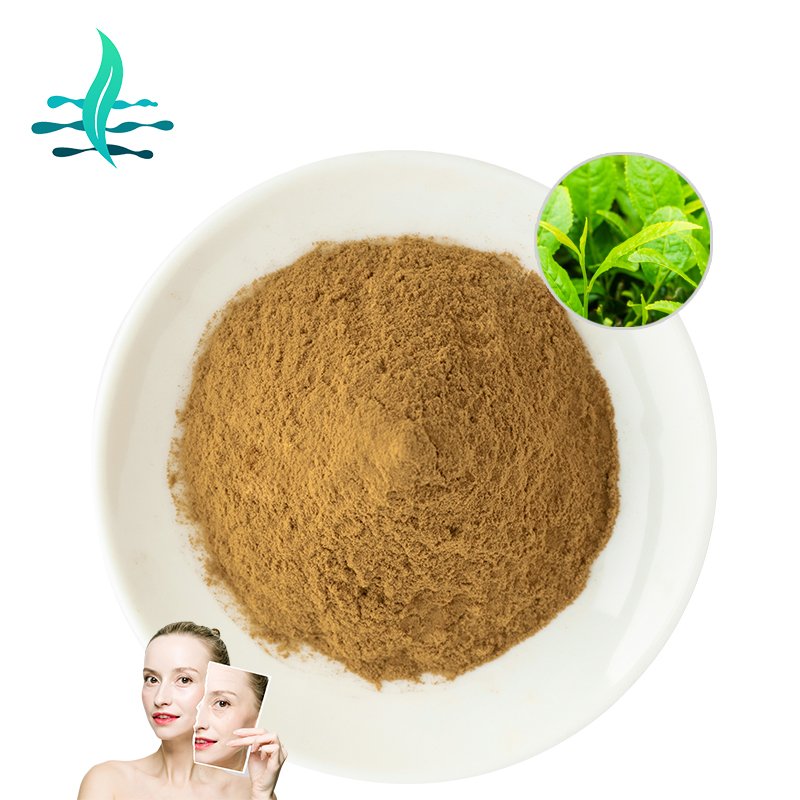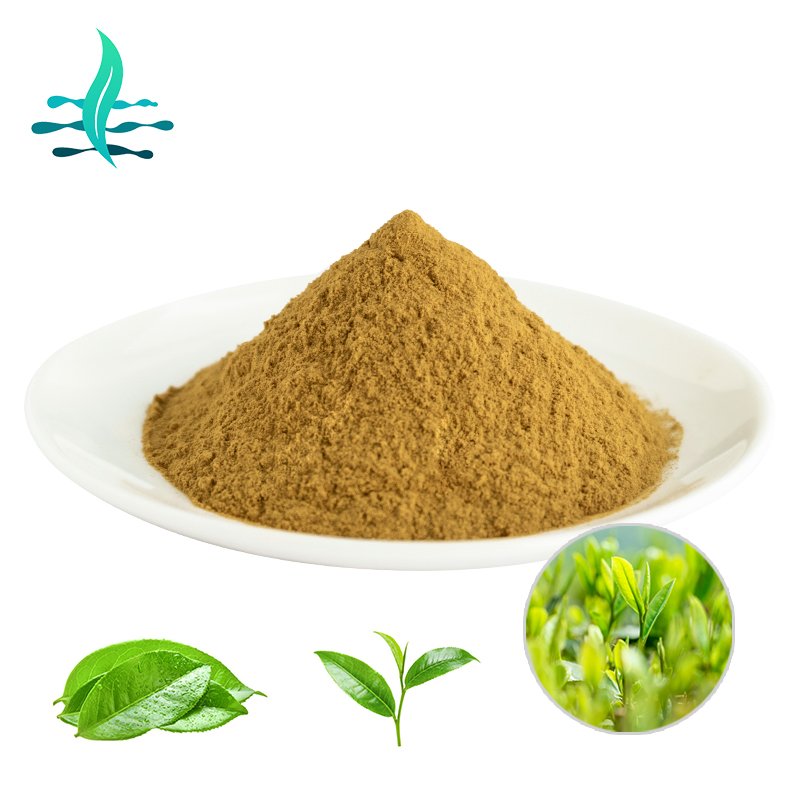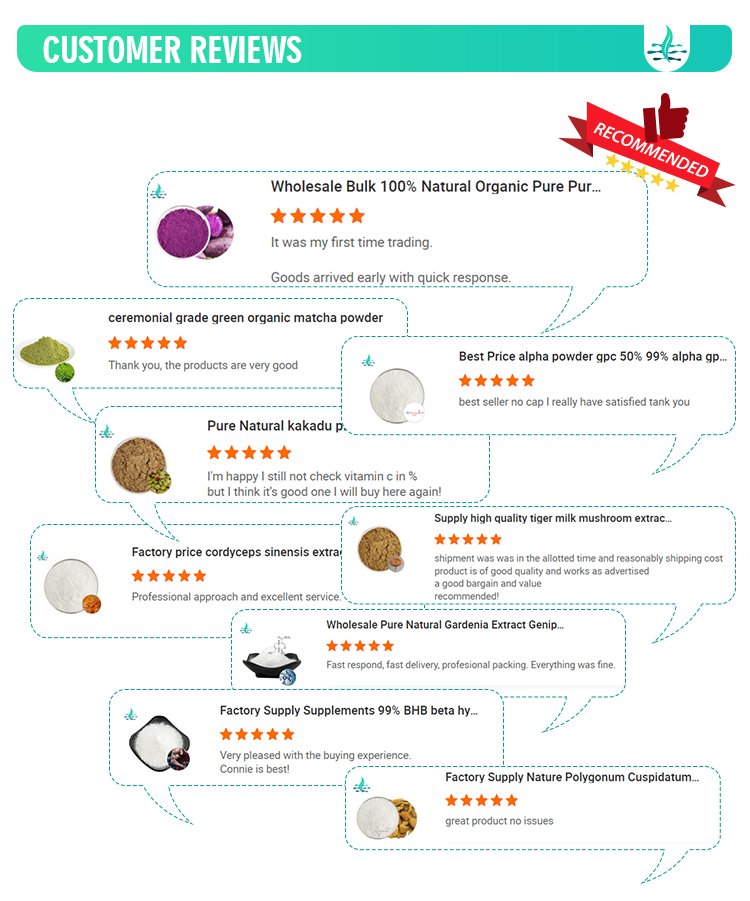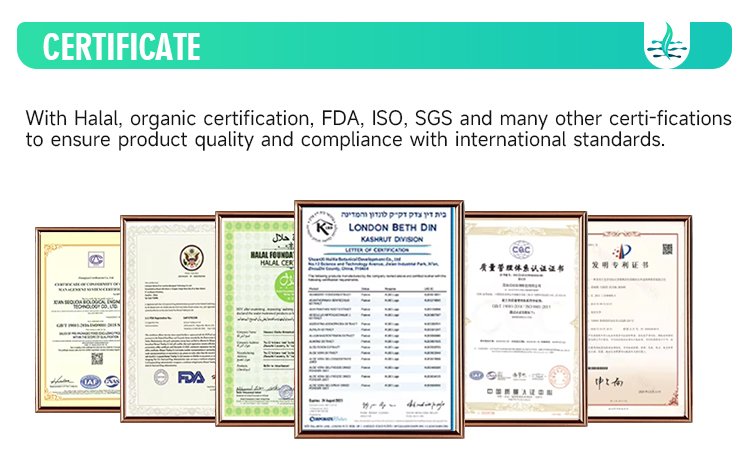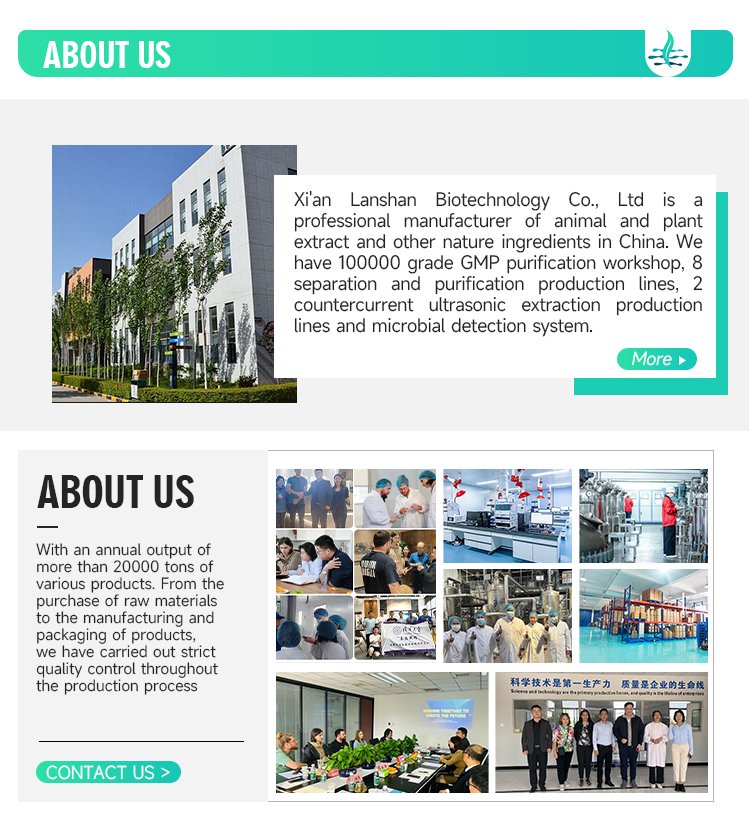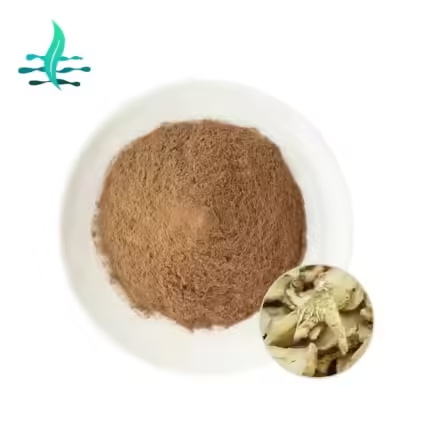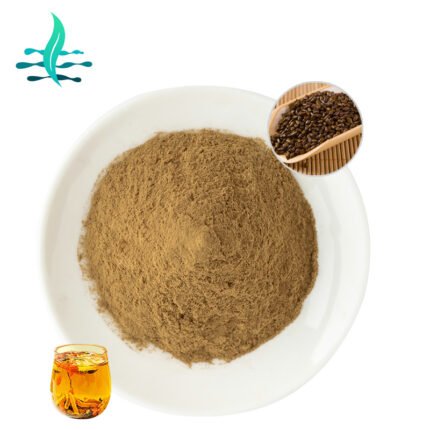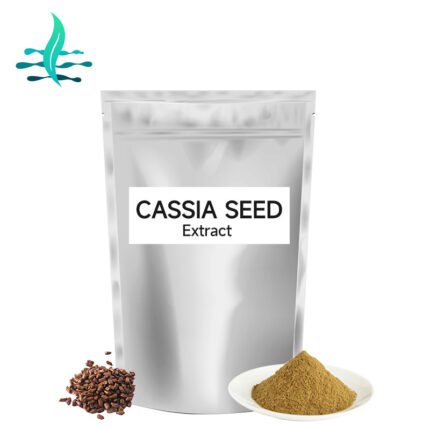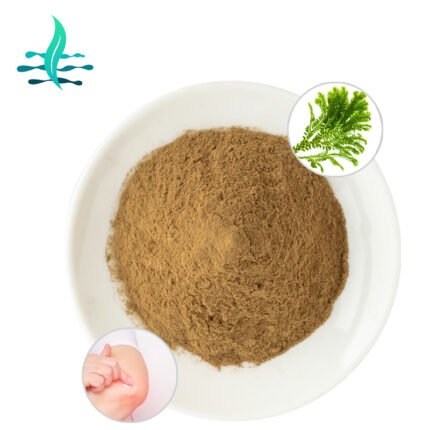
Composition and structure
Tea polyphenols is a general term for polyphenol compounds, which are mainly enriched in tea leaves. The main components of tea polyphenols in green tea extract are catechin compounds, including epigallocatechin gallate (EGCG), epigallocatechin (EGC), epicatechin gallate (ECG), epicatechin (EC), etc. Among them, EGCG has the highest content and the strongest antioxidant activity. In addition, tea polyphenols also contain a variety of compounds such as flavonoids, anthocyanins, phenolic acids and deoxyphenolic acids.
Properties and stability
Tea polyphenols are light yellow to brown aqueous solutions with a slight tea aroma, off-white powdery solids or crystals, with astringent taste. It is easily soluble in water, ethanol, ethyl acetate, and slightly soluble in oils and fats. Tea polyphenols are relatively stable to heat and acid. When a 2% solution is heated to 120°C and kept for 30 minutes, there is no obvious change. However, it will degrade by 20% in 160°C oils and fats in 30 minutes. In addition, tea polyphenols are stable in the pH range of 2 to 7, and are easily oxidized and polymerized when the pH is greater than 7 and under light. They will turn into green-black complexes when they encounter iron.
Application fields
Due to their unique biological activity, tea polyphenols are widely used in many fields:
Food industry: Tea polyphenols can be used as natural food antioxidants and are widely used in oil sauces, oily foods, instant noodles, meat products, fish products, cakes and their fillings, ham and other foods to extend the shelf life of foods and maintain the nutritional value of foods.
Cosmetics industry: Tea polyphenols have antioxidant, moisturizing, and anti-inflammatory effects, and can be used in advanced skin care products to help improve facial fine lines, dryness, and skin redness.


